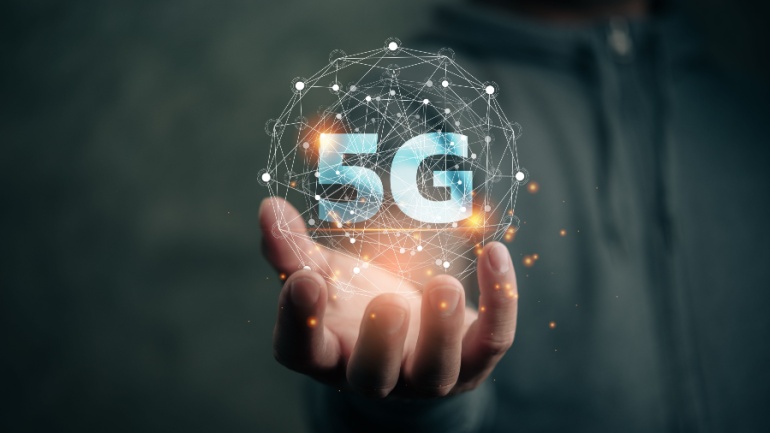Telecommunications budgets are feeling the pinch due to growing inflation. This financial predicament becomes even more challenging when considering the potential costs of new Radio Access Network (RAN) equipment that may come with the advent of 6G.
The Next Generation Mobile Network (NGMN) Alliance is already preparing for this development. They have released a position paper outlining major guiding principles for 6G implementation. A key principle is that 6G should not inherently necessitate the renewal of 5G RAN infrastructure.
“The decision to refresh 5G RAN hardware for operational reasons such as end-of-life, energy consumption or new capabilities must be an operator driven choice, independent of supporting 6G,” said the NGMN.
The Alliance also noted that some features of 6G should be capable of being launched as software upgrades to existing network elements. Furthermore, 6G should not worsen the experience of 5G customers and should be backwards compatible and interoperable with 5G.
High-spending markets such as the US have seen 5G RAN capex reach its zenith. Meanwhile, research house Dell’Oro forecasted in July that 5G spending will not make up for the continued slowdown in LTE investments. This will result in a reduction in the global RAN market in the next five years.
Vendor companies like Ericsson, Huawei, Nokia and Samsung are attempting to spur other growth opportunities. Ericsson, for instance, aims at becoming a platform firm that enables operators to gain value from open network APIs. Such corporates are also looking to enhance their enterprise revenues, with Nokia particularly concentrating on Industry 4.0.
With the advent of any new mobile technology generation, traditional strategies of diversification may ease off as the focus shifts back to RAN revenue. However, if the NGMN and its affiliates have a say, 6G may not provide much respite.
“Our publication provides a clear statement of intent from the network operator community, that the traditional way of introducing a new technology generation must evolve,” stated Arash Ashouriha, Chairman of the NGMN Alliance and SVP of group technology at Deutsche Telekom. Ashouriha further shared NGMN’s commitment to ensuring that “6G delivers tangible benefits to end-users, simplifying network operations and ensuring sustainability, while offering compelling new experiences.”
The NGMN paper also serves as a list of requested features for 6G such as global harmonisation, seamless integration, interoperability with fixed and non-terrestrial networks and support for innovative services like extended reality.
The alliance emphasized network simplification and automation as core themes, and the need to leverage AI to boost reliability, performance and at the same time to reduce operational costs and energy consumption. Security considerations are crucial, with a focus on ensuring 6G networks can withstand attacks from quantum computers.
“Whatever 6G might become, it will be built on the foundations of 5G.” said Luke Ibbetson, NGMN Alliance board member and head of group R&D at Vodafone. He stressed the industry’s dual challenges of delivering innovative 6G services while concurrently driving network disaggregation and promoting an open, interoperable cloud-native architecture.







